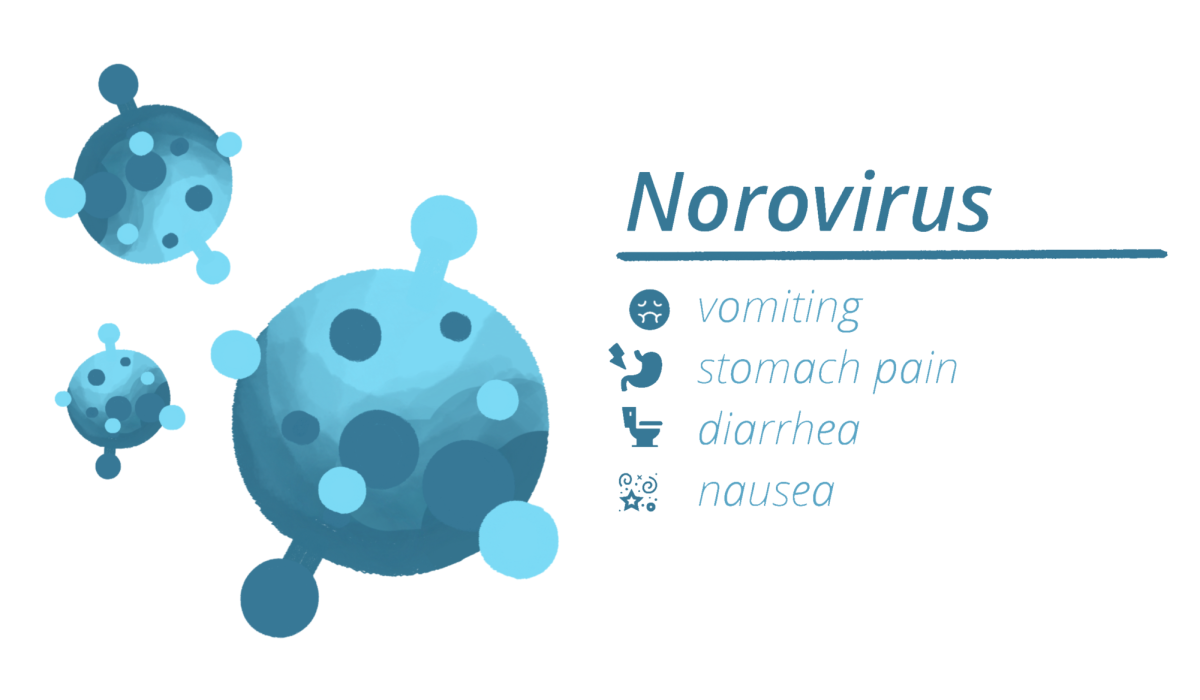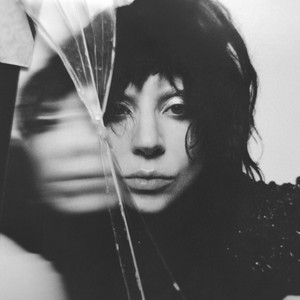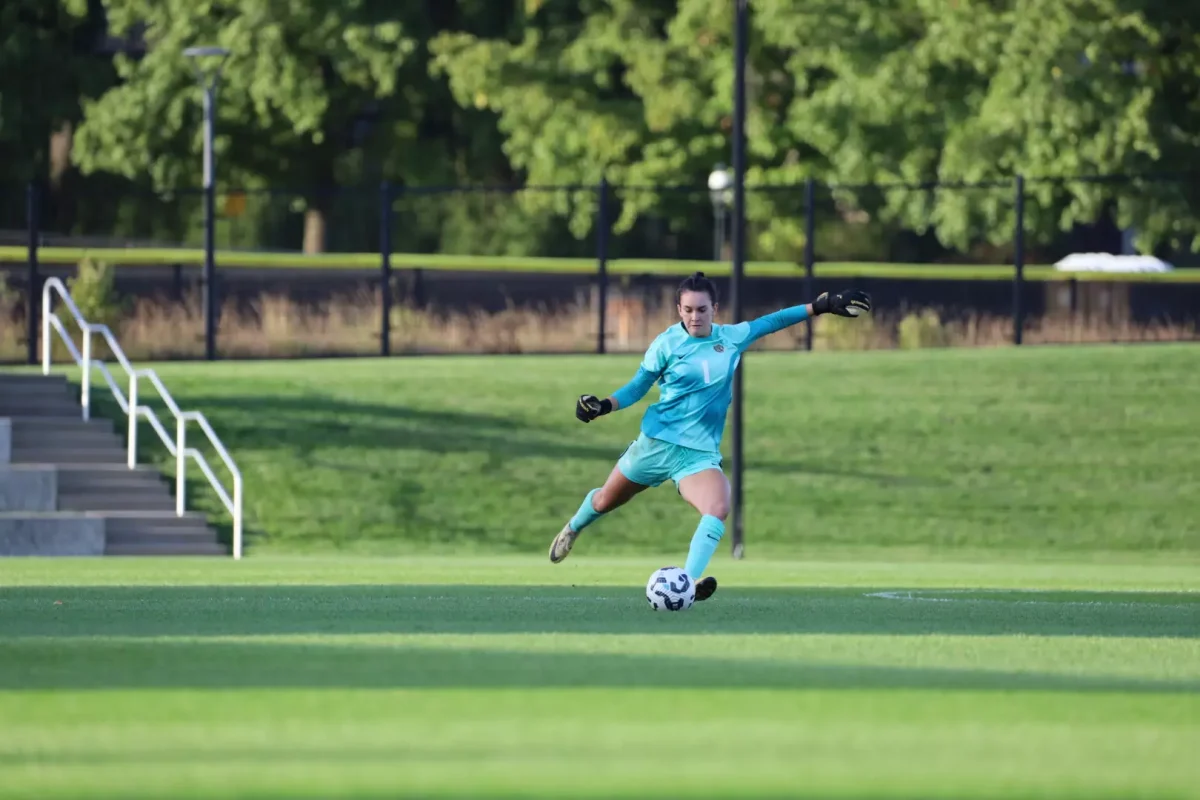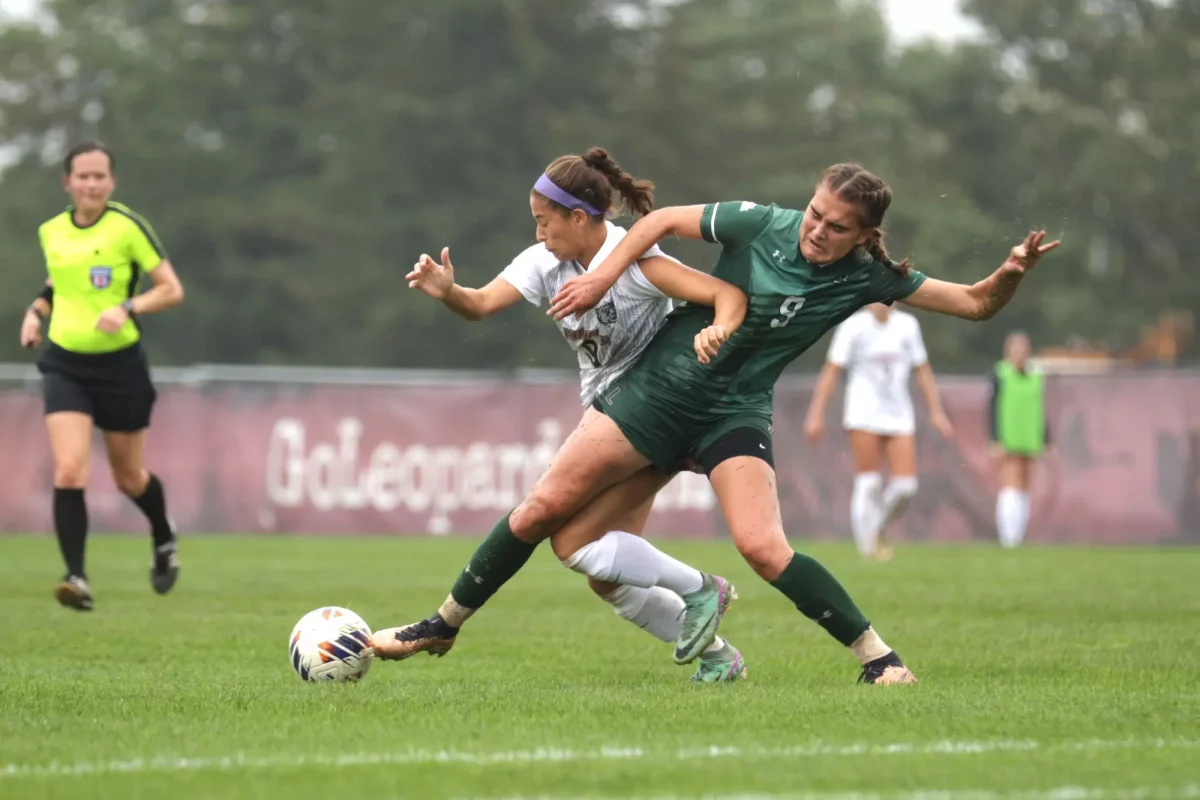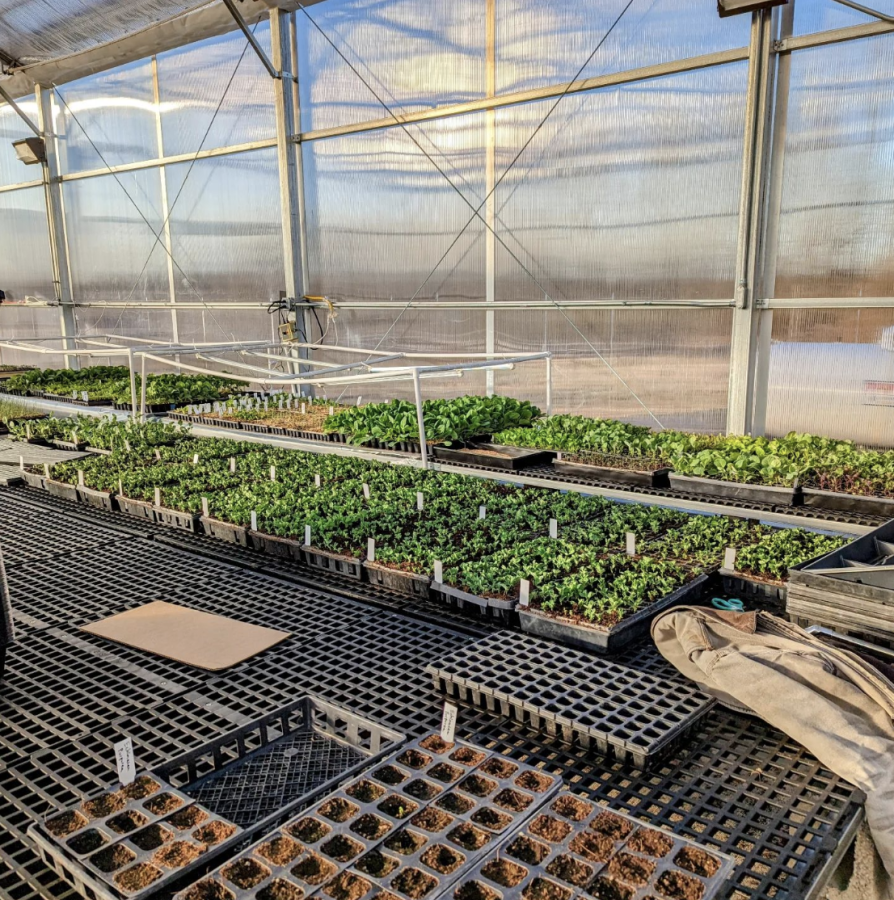Spotted lanternflies have plagued Lafayette’s campus and the Lehigh Valley as an invasive species since September 2014, wreaking havoc on the biodiversity of the area. However, a study of spotted lanternflies being conducted inside LaFarm’s newest greenhouse has the potential to be the solution to this nearly decade-long problem.
Kyle Kaye, an employee of East Stroudsburg University working as a collaborator for the United States Department of Agriculture (USDA), is using the greenhouse to help develop biocontrols for spotted lanternflies.
Biocontrol is a method of controlling pests by using other living organisms.
“After learning about the potential damage that the spotted lanternfly could cause to many farms and businesses, I wanted to be a part of learning how to control the pest,” Kaye wrote in an email.
LaFarm’s greenhouse is vital to Kaye’s work, as the USDA researcher had not been able to find a greenhouse to exactly suit their research needs regarding tempered climate control.
Josh Parr, manager of food and farm, said that the greenhouse, which first opened in January, is a climate-controlled space. This allows the temperature to be controlled for research.
“The LaFarm greenhouse provides us with an environment where we can hatch and rear spotted lanternflies to aid with other research projects,” Kaye wrote. “It is very important work that we hope can eventually save farms and businesses millions of dollars.”
Rearing refers to the process of raising spotted lanternflies once they are hatched. After their time at the greenhouse, the lanternflies will be sent to a lab in Massachusetts, where different biocontrols will be tested on the lanternflies to see which ones are the most effective.
“The spotted lanternflies we rear this way will be transferred under permit to a bio-secure USDA research facility in Massachusetts to study parasitoid wasps that are natural enemies of spotted lanternflies in their native range,” Kaye wrote.
“We were excited to have [the new greenhouse] because it would open up partnerships exactly like this,” Parr added.
In addition to Kaye’s research, students working with biology professor Daniel Ströembom have been developing theoretical mathematical models to help with the lanternfly research at LaFarm. Mary Ball ‘25 previously created a model to help dispel the spread of sap-sucking insects called aphids, but her focus has now turned to lanternflies.
“I’ve been working on creating models for the attraction of lanternflies in order to try and get rid of lanternflies,” Ball said. “So, I made one that models the actual setup of the attractant and then just working with them to get the data to fit it to that model or come up with different models, depending on what they need.”
The end goal of the experiments on the lanternflies is to use biocontrols to eliminate and control the lanternfly population through biological means.
“We hope to find a way to better detect and control the spotted lanternfly,” Kaye wrote. “If we can find a way to control their populations, we will be able to prevent further damage they might cause.”





